
The quartz gravity–magnetic separation combined process is a widely applied and effective method in quartz ore beneficiation. By leveraging the differences in mineral density and magnetic susceptibility, this process efficiently separates quartz from heavy mineral impurities and iron-bearing minerals. It is especially suitable for removing high-density gangue minerals and magnetic contaminants such as magnetite, hematite, titanium minerals, mica, and chlorite.
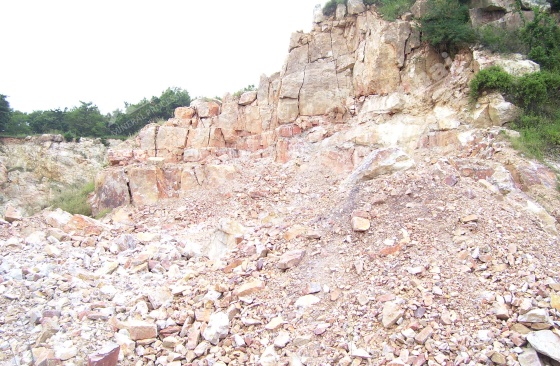
After treatment with the gravity–magnetic separation combined process, the SiO₂ content of quartz ore can reach 98% to 99.2%, making it suitable for various applications, including high-white glass, fine ceramics, chemical silicon raw materials, casting, refractory materials, and mid-range electronic components.
This article serves as a process distribution guide, introducing the quartz gravity–magnetic separation combined process. The main steps are as follows:
1. Process Flow
Ore bin buffering → Belt conveyor feeding → Vibrating screen pre-screening → Ball mill grinding → Slurry pump conveying → Desliming bucket desliming → Hindered settler classification → Vibrating screen classification → Ball mill regrinding
2. Analysis of Key Steps
Pre-screening and particle size control:
The raw ore is screened by a vibrating screen. The coarse particles retained on the screen are sent to the ball mill for grinding, while the fine particles passing through the screen enter the pump box directly, reducing the energy consumption of the mill.
Two-stage closed-circuit grinding design:
The first-stage grinding product is classified by a hindered settler. The underflow (coarse particles) returns to the ball mill for regrinding, forming a closed-circuit loop to ensure the final particle size meets the required standard.
Efficient desliming in the desliming bucket:
Fine clay particles in the grinding product are removed by the desliming bucket, preventing blockage in subsequent equipment.
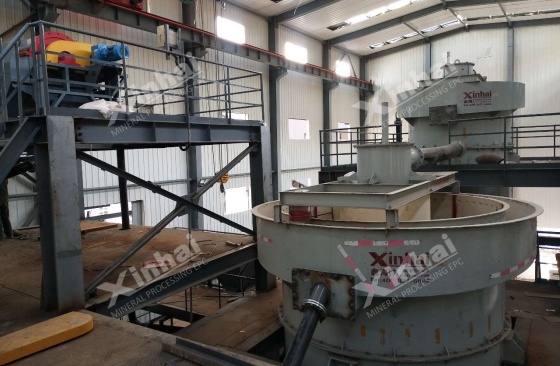
*Note: Quartz grinding and classification are a systematic process. It requires balancing multiple factors, including target particle size, product purity, throughput, energy consumption, cost, and environmental impact. The key is to control contamination sources strictly, optimise grinding parameters to minimise over-grinding, precisely control classification size, improve classification efficiency, and implement full-process monitoring and automation.
1. Process Flow
Hindered settler separation → Slurry pump conveying → Wet drum magnetic separator (low-intensity) → Vertical ring high-gradient magnetic separator (high-intensity) → Desliming bucket → Scrubbing machine → Secondary desliming
2. Analysis of Key Steps
Magnetic Separation Process:
Low-intensity magnetic separation (magnetic field intensity: 0.3–0.5 T) is used to remove strongly magnetic impurities such as hematite and magnetite.
High-intensity magnetic separation (magnetic field intensity: 1.2–1.5 T) targets weakly magnetic minerals such as mica and garnet.
Enhanced Liberation with Scrubbing Machine:
A high-efficiency agitator washer is used to mechanically remove iron-bearing films from the quartz surface. A small amount of NaOH (pH = 9–10) can be added to enhance the scrubbing effect, increasing the SiO₂ recovery rate to as much as 92%.
Secondary Desliming:
Following magnetic separation, the slurry undergoes secondary desliming in a desliming bucket to ensure the cleanliness of the feed for the subsequent gravity separation stage.
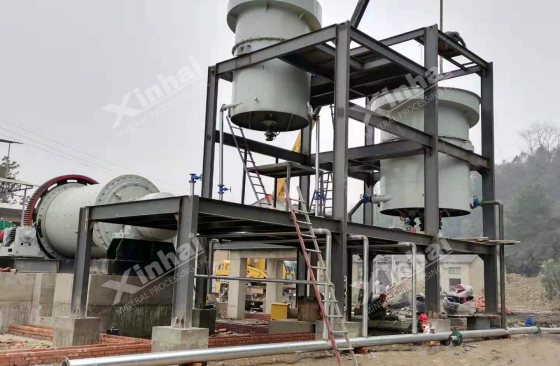
*Note: During gravity separation, it’s essential to control the feed density, water volume, and table angle to separate minerals by density effectively. For high-gradient magnetic separation, keep the medium clean to prevent clogging and magnetic issues. Use deionised water throughout to avoid contamination.
1. Process Flow
Coarse Particle Concentration:
Hindered settler underflow → Slurry pump → Desliming bucket → Dewatering screen → Belt conveyor → 40–70 mesh concentrate storage
Fine Particle Concentration:
Hindered settler overflow → Desliming bucket → Belt filter → Belt conveyor → 70–140 mesh concentrate storage
2. Analysis of Key Steps
Dual-Stage Dewatering Design:
A combination of desliming buckets and dewatering screens or belt filters (final moisture ≤8%) balances efficiency and operational cost.
Graded Product Storage by Particle Size:
The 40–70 mesh concentrate is used for photovoltaic glass substrates, while the 70–140 mesh concentrate is supplied for electronic-grade silica powder—enabling value-added product differentiation.
Water Recycling System:
Water recovered during the dewatering process is treated in a sedimentation tank (with PAC flocculant added). Once the suspended solids (SS) level is reduced to ≤50 mg/L, the water is pumped back into the grinding system, resulting in a water-saving rate of over 85%.
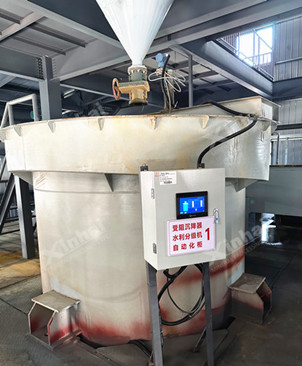
*Note: Classification must precisely match equipment to particle size requirements, while dewatering must balance efficiency with product quality. The entire process requires strict control over contamination and energy consumption to ensure the final product meets high-purity and narrow particle size distribution standards.
1. Process Flow
Tailings thickener → Slurry pump → Filter press → Belt conveyor → Tailings storage
2. Key Step Analysis
High-Efficiency Thickening Technology:
A deep-cone thickener, equipped with an automatic dosing system, achieves underflow concentrations of 45%–50%.
High-Pressure Filtration and Dewatering:
A membrane filter press reduces the moisture content of the filter cake to ≤18%, making it suitable for direct use in brick-making or as roadbed filler.
Zero-Discharge Design:
Overflow from the thickener and filtrate from the press are reused after pH adjustment (neutralized to 6.5–7.5), achieving zero wastewater discharge.
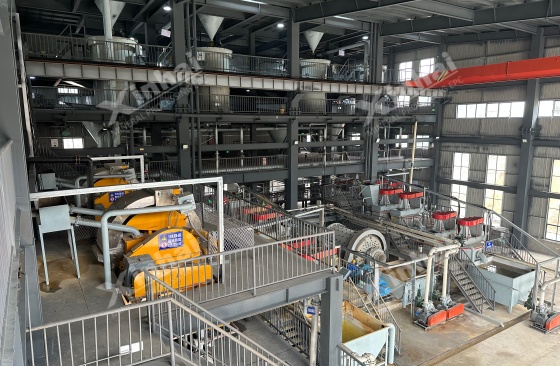
1. Low Investment Cost
Power Consumption:
The gravity-magnetic combined process relies mainly on physical separation. Energy use is concentrated in grinding and magnetic separation, resulting in lower electricity costs.
Reagent Use:
Only a small amount of NaOH is required in the scrubbing stage, significantly reducing reagent costs compared to the quartz flotation method.
Equipment Maintenance:
Gravity and magnetic separation equipment features simple structures. Devices like spiral chutes are highly wear-resistant, which helps minimize maintenance expenses.
Tailings Treatment:
Because no chemical reagents are used, tailings treatment is more cost-effective.
2. Pollution-Free and Environmentally Friendly
This process removes impurities solely through differences in density and magnetism—without the use of collectors, depressants, or regulators typically required in flotation—eliminating the risk of chemical contamination.
Process water remains neutral and can be reused or discharged after meeting environmental standards. Furthermore, its carbon footprint is much lower than that of flotation-based methods, making it more sustainable.
Conclusion
This is a process distribution guide for quartz beneficiation using the gravity-magnetic combined method. While this approach offers advantages such as low cost and environmental friendliness, the resulting quartz purity may not meet the stringent requirements of photovoltaic glass or semiconductor applications. For higher purity, additional processes such as flotation and acid leaching are required.
Xinhai Mining has rich experience in quartz processing and has successfully delivered dozens of quartz beneficiation projects. With an independent R&D team and seasoned mineral processing experts, we are ready to provide customized solutions for your quartz beneficiation needs.
To find out more about our products and solutions, please fill out the form below and one of our experts will get back to you shortly.